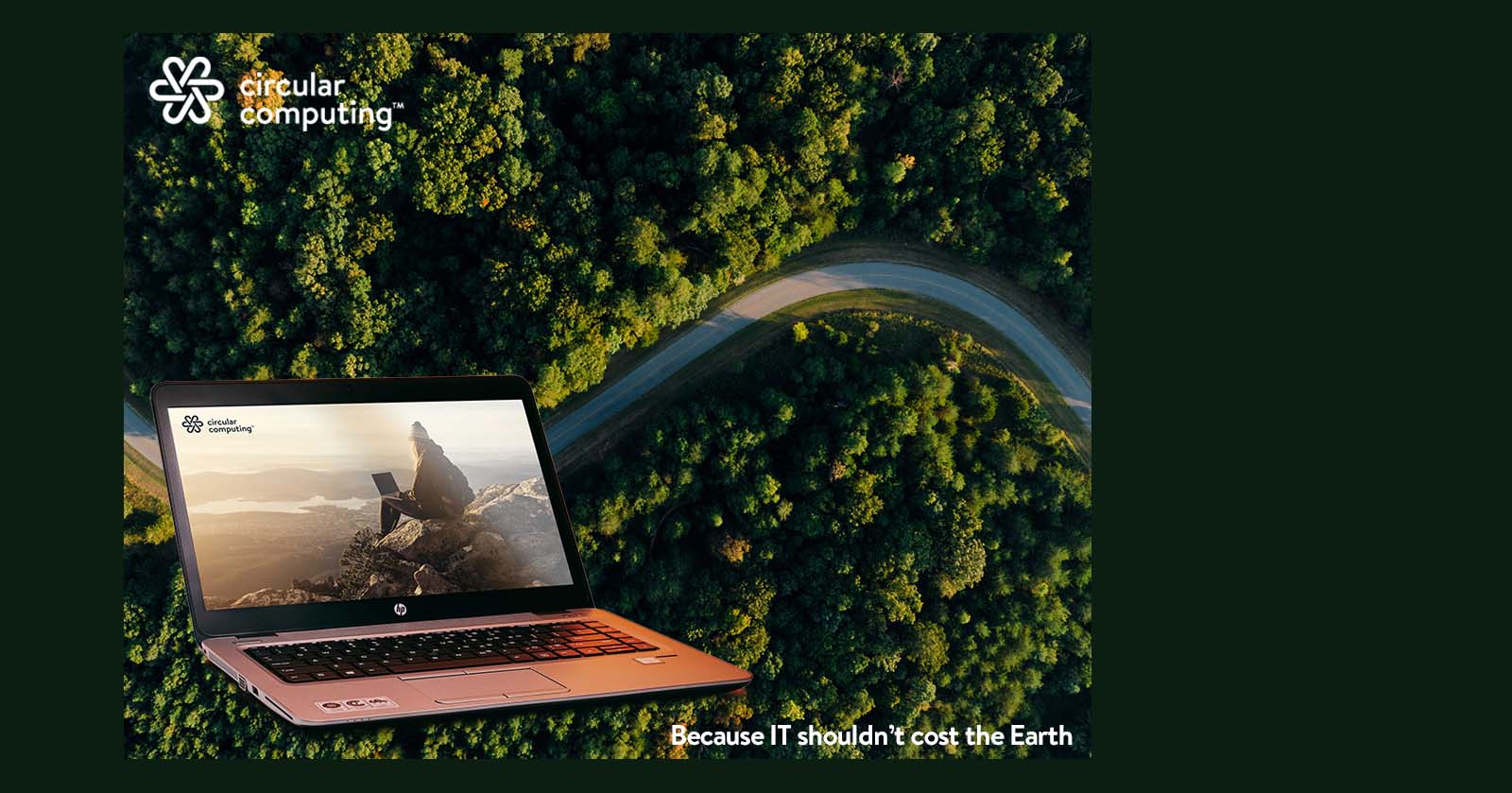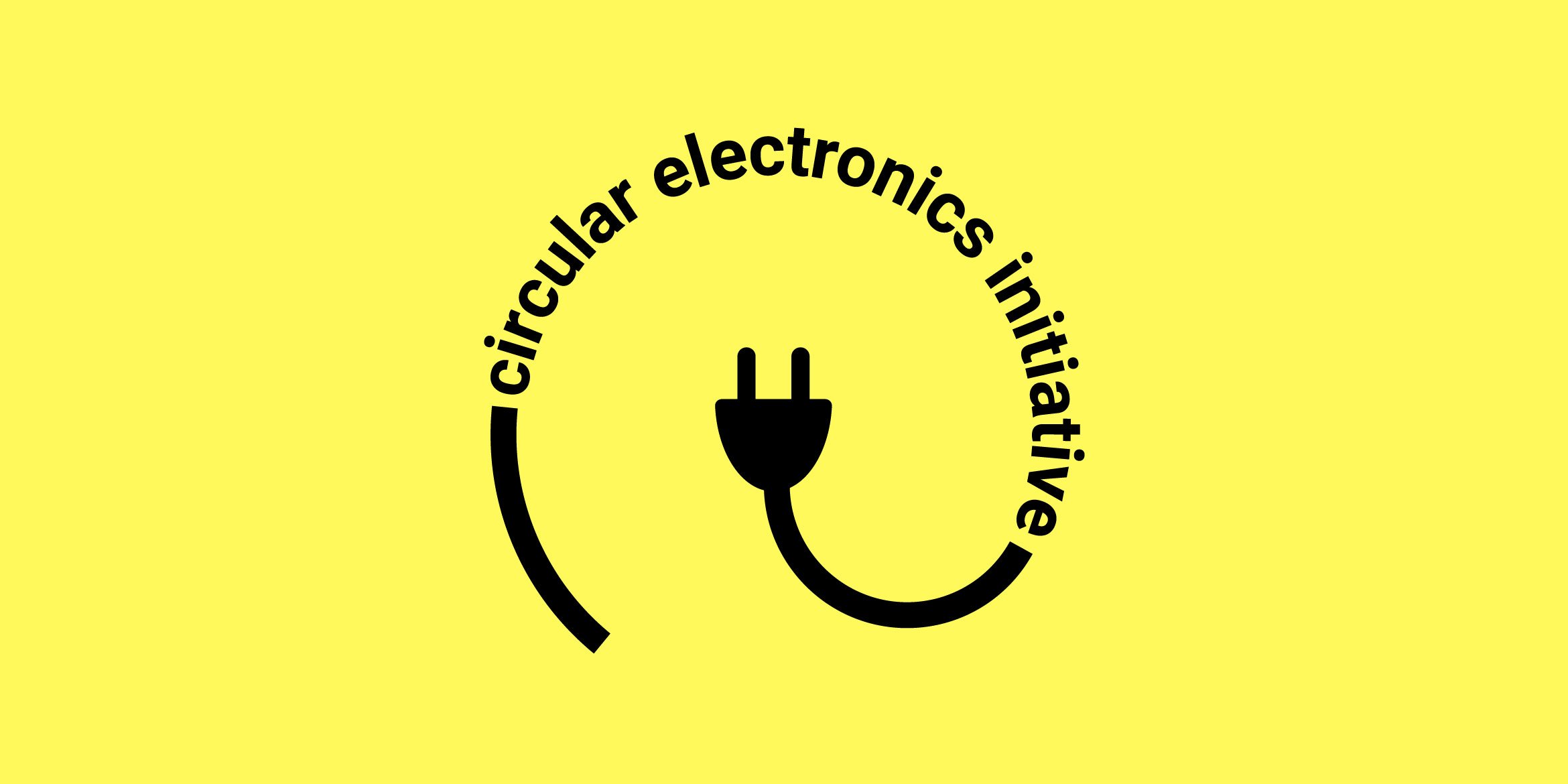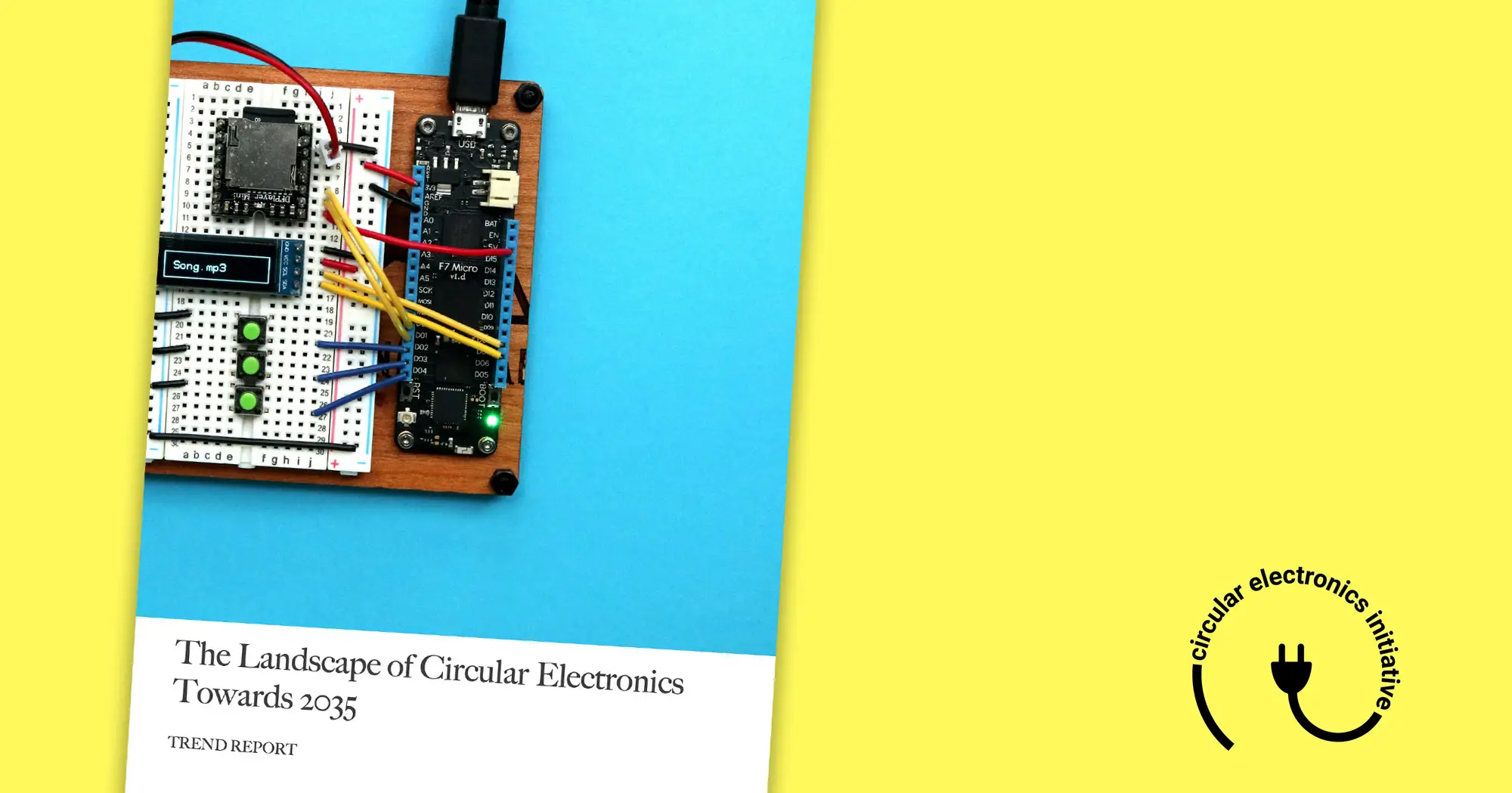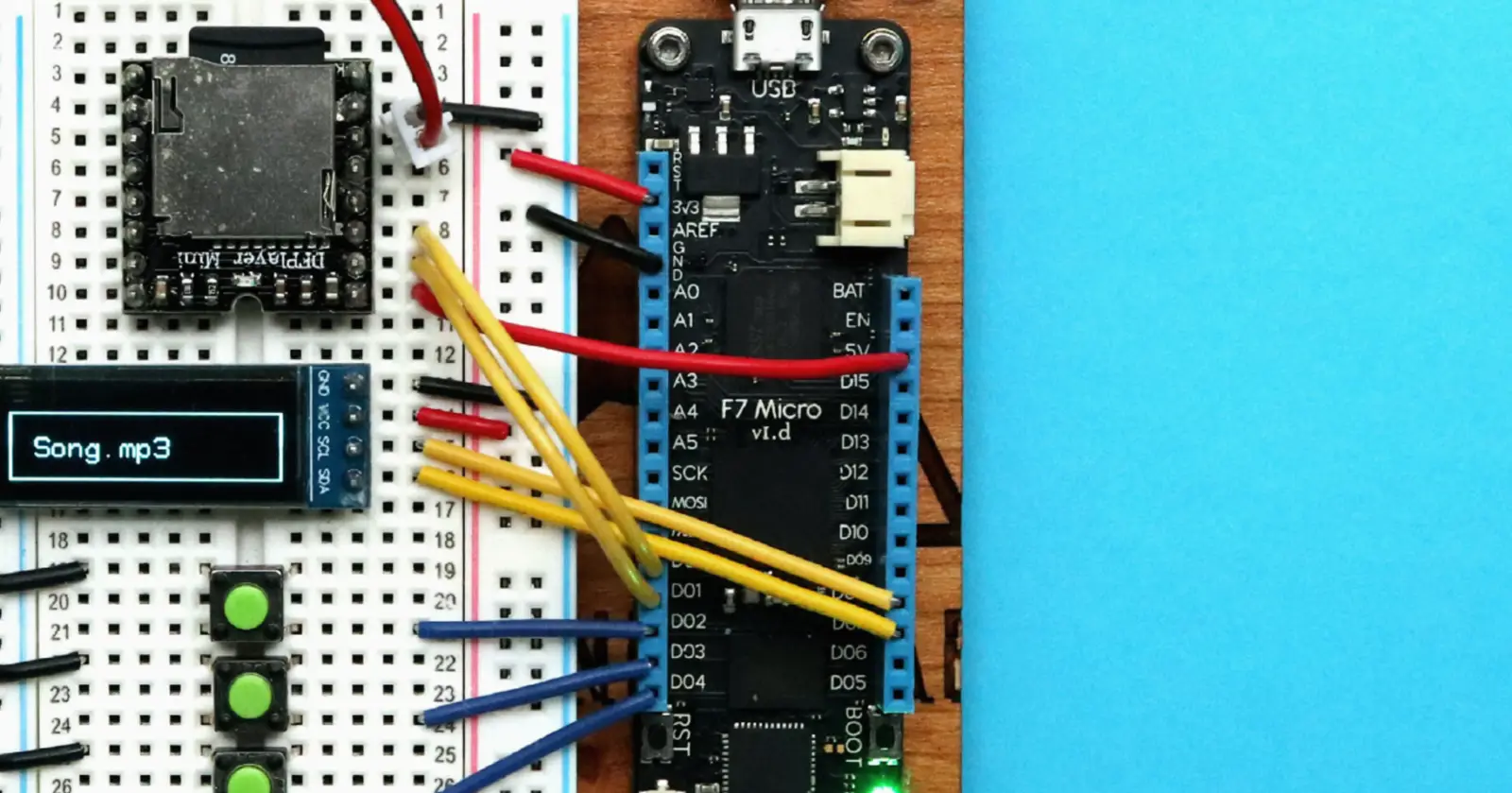Sustainable Information Technology (IT) covers the manufacturing, use, management and disposal of IT in a way that minimises its impact on the environment.
This text is part of the Circular Electronics Initiative blog series. Multiple organizations stand behind this initiative that aims sto encourage organizations and consumers to take a more responsible approach to electronics.
To manufacture IT in a way which does not harm the environment it is crucial to explore methods in which we can reduce the number of materials and chemicals during production. This can be from making more environmentally friendly packaging by cutting down on filler and plastic to ensuring the processes which are used in manufacturing more energy efficient.
Circular Computing™ tackles the idea of Sustainable IT through a product recovery method known as remanufacturing, where existing laptops are disassembled, repaired and even upgraded to be ‘equal to or better than new’.
Why does sustainable IT matter?
The Earth’s resources are finite. Since the turn of the millennium, the world has been using its natural resources at an alarmingly fast rate. The global material footprint rose from 54 billion tonnes in 2000, to 92 billion in 2017, an increase of 70 per cent (UN Stats, 2019).
As the leaders of world commit to the “Build Back Better Agenda” following COP26, there remains a distinct lack of discussion around natural resource protection – which provides the backbone to the very meaning of the word sustainability.
IT is currently the most used office hardware and is having a large impact on the sustainability of our planet. Home working has taken to being the norm and along with it the demand of laptops and portable IT equipment has risen drastically. Alongside home working, remote learning has become normal due to the pandemic, meaning we are seeing an increase in the demand for IT equipment from both companies and schools.
The environmental impact isn’t visible unless looked at long term, it is only then that we realise with 8 hours of use every day a laptop can produce up to 88kg of carbon every year. This increased demand also adds a strain on our planet as each laptop newly manufactured costs 316kg of carbon emissions, 190,000 litres of water and 1.2 tonnes of materials being extracted from the earth.
Remanufactured IT creates a sustainable approach to laptops, by taking second-hand laptops which are still in working condition and repairing them to be as good as new. These remanufactured laptops negate the negative impact on our planet that buying large quantities of new brings.
Technology as a force of change
Singling out the technology industry as a focus point, its current model of ‘take, make and replace’ has created a mountain of electronic waste (e-waste), 57 million tonnes a year (WEEE Forum, 2021) in fact, heavier than the Great Wall of China.
As the fastest growing (Statista, 2021) waste stream in the world, it’s clear action needs to be taken. The challenge now lies in firstly changing perceptions about second-hand technology. From that of a hand-me-down, to materials that have simply come to the end of its original useful life to its current owner.
The need to ensure second life products go beyond a simple refurbishment or repair to ensure they have a fully extended second use and minimise their overall environmental impact.
How does sustainable IT benefit you?
The remanufacturing process often means that a lot of money can be saved, which in turn can be passed onto to the company or end user.
With a Circular Computing™ laptop not only are you able to help save the planet by purchasing carbon neutral IT equipment, but you could see a potential cost saving of up to 40% versus brand new equivalent models.
Circular Computing’s laptops also prevent the carbon emissions, water use and mineral excavation of a brand-new machine, indicating that it does less damage to the planet.
All of the remanufactured laptops by Circular Computing™ come with the reassurance of undergoing our BSI Kitemarked remanufacturing process. This means our Circular Remanufacturing Process produces products that are ‘equal to or better than new’ as required by BS8887-220 and BS8887-211.
To further the good that a remanufactured laptop does, Circular Computing™ invests in 5 trees with every machine purchased to be planted around the world helping to absorb carbon and cool the planet. This is done in partnership with the charities WeForest and One Tree Planted. All of these benefits are then paired with up to a 3-year warranty offering a next day replacement available for that peace of mind.
Sustainable IT will become more normal within workplaces as we all aim to lower our carbon emissions and create a sustainable future for the planet. With savings of up to 40% and a performance that is equal to or better than new, Circular Computing™ are firm believers that IT shouldn’t cost the Earth.




